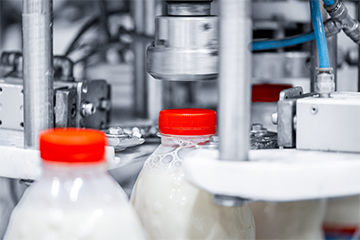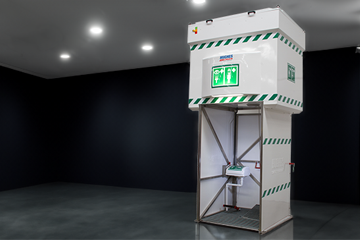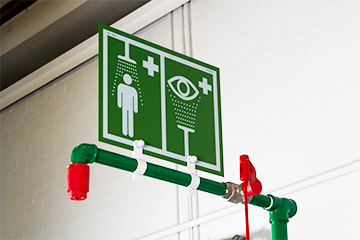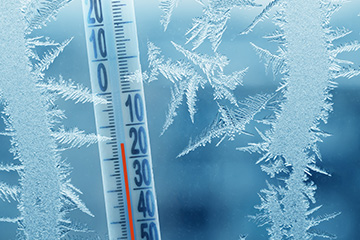Enquiry List () (0)
- Jun 21, 2024
Ensuring Taste and Trust: A Deep Dive into Safety Measures in Food and Beverage Production
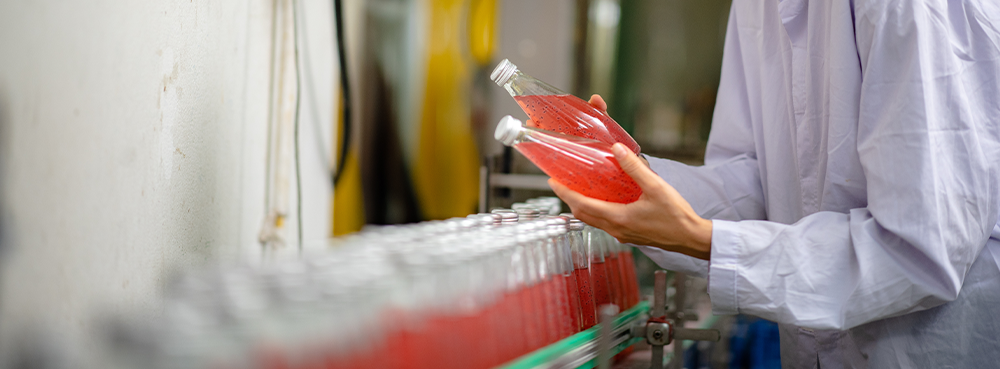
The US food and beverage industry's revenue is expected to grow at an annual rate of 1.4% between 2021 and 2026. In 2022 alone the industry was valued at $1 trillion, meaning billions in revenue is forecasted in growth each year. The production of such high volumes of food and beverages to keep up with this demand is a nationwide effort. The state with the highest number of processing plants is California, followed by Texas and New York, respectively. Though many of these sites range in size and final product, they often present many of the same chemical hazards to their workers.
In food production, many chemical soaps, disinfectants, and refrigerants are used to ensure the freshness of the product for as long as possible. With alcoholic beverages, high alkaline detergents are used to remove proteinaceous organic soils from the raw ingredients while highly acidic cleaners are used for removal of inorganic soil. Acidic cleaning agents are also used in the sanitisation of vats and barrels between brewing batches. This combination of detergents is colourless and odourless to thoroughly clean the brewing equipment while preventing contamination of further batches, but their potency provides a hazard to those handling them.
Anhydrous ammonia, for example, is a common chemical found in refrigerants in food processing and has the capability to burn the skin upon contact. At minimum, workers should be provided with appropriate PPE when exposed to such concentrates but should also have access to emergency decontamination facilities in the event of a chemical spill.
For a hygienic and sterile environment, it’s important that all safety showers inside a food and drink facility are made of stainless-steel. This ensures the showers are durable, corrosion resistant and easy to clean.
The internationally recognised American National Standard, ANSI/ISEA Z358.1-2014 provide uniform minimum requirements for the performance, use, installation, testing, maintenance and training of emergency safety shower and eyewash equipment. Here we outline some of the main considerations set forth in the standards.
Safety considerations
- In order to minimise any injury with a swift decontamination in the event of a spill or splash, emergency safety showers must be located within 20 metres, or 10 seconds reach, of a hazard. However, if a chemical is particularly hazardous, the safety shower and/or eye/face wash equipment must be placed immediately adjacent to the hazard.
- The equipment must also be on the same level as the hazard and free from obstructions so that impaired users face minimal difficulty in accessing the facilities.
- Personnel should be instructed on the safe and proper use of the emergency safety equipment and be advised of its location during their site induction, whether those are site visitors, contractors, or new workers.
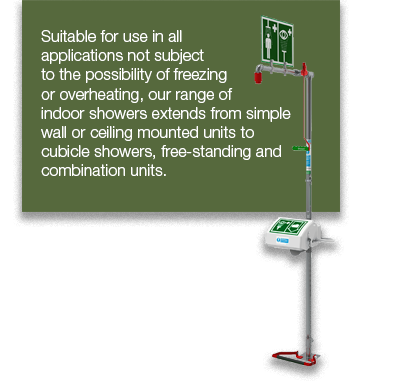 Unheated solutions for indoor use
Unheated solutions for indoor use
Hughes offer a number of combination safety shower and eye washes. Models like the 18GS85G can have the safety shower and eye wash activated either simultaneously or independently through different activation methods. This means that if a casualty has suffered from chemical splashes to their eyes, they will not automatically have their body drenched if this is not required.
Frost-protected solutions for outdoor sites
For sites where cleaning equipment is kept outside, Hughes’ range of frost-protected showers ensures functionality even in colder months. The H5GS45G-1H features an ABS closed bowl eyewash to protect the diffusers from external contaminants while the trace-tape heating, polyethylene jacket, and foam insulation all help to provide protection to the pipework in freezing conditions.
Contained cubicle showers
In some instances, the spray and contaminated water will need to be carefully contained to ensure a sterile environment, cubicle units with strip screens are the ideal solution as they are enclosed to contain the contaminated water with an integral drain sump when the shower is activated.
If uncertain of your site’s safety shower and eye wash requirements, get in touch with the Hughes team. We have over 55 years of manufacturing excellence in safety equipment and a team of experts knowledgeable in solutions for every challenge or limitation. Submit your enquiry today.




